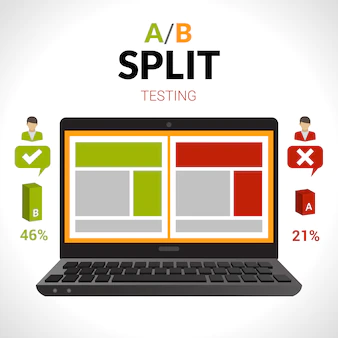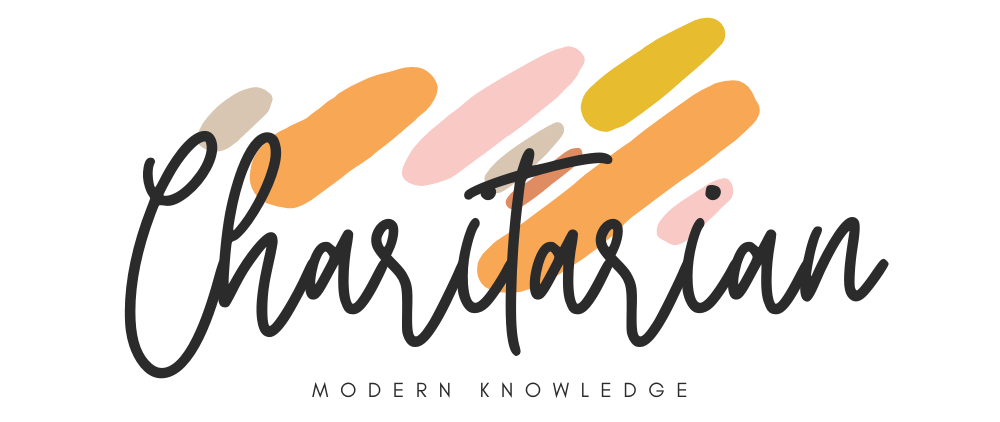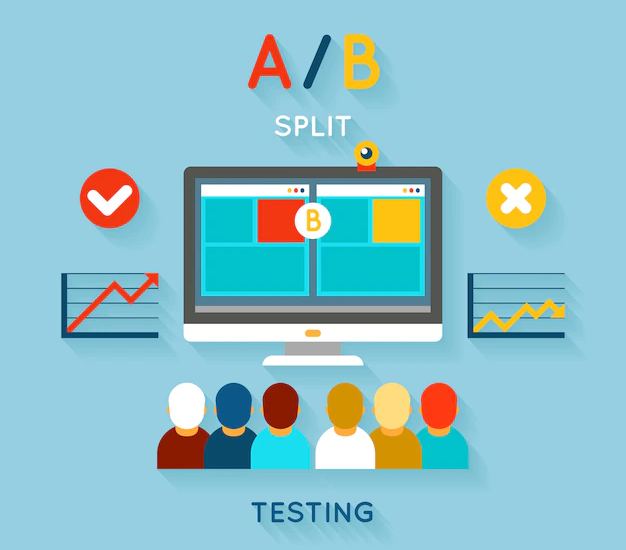A/B test case studies are one of the most important parts of a pharmaceutical company’s marketing strategy. These case studies are used to show how the drug has changed the life of an individual and they often describe patients who have found success with a medication that was otherwise difficult to treat. In this blog, you will learn what exactly A/B test cases are and how you can use them effectively in your business!
What Are A/B Test Case Studies?
A/B test case studies are a type of study used to demonstrate the effectiveness of a treatment or intervention. They are also known as randomized controlled trials (RCTs) and often use experimental methods to compare different treatments.

An A/B test case study is typically conducted in a clinical setting, such as a health care facility or school. Participants are randomly assigned to one of the treatment groups and observed for various outcomes. The goal is to determine which treatment is most effective.
There are several advantages to using A/B test case studies. First, they can be cost-effective. Second, they allow for quick and accurate assessment of the effects of treatments. Third, they can be used to improve the efficacy of current interventions.
However, there are also some limitations to A/B test case studies. First, results may not be generalizable to the larger population. Second, it may be difficult to determine which variables are most important in determining outcomes. Finally, A/B test case studies can be difficult to design and conduct correctly.
Different Types of A/B Test Case Studies
There are a few different types of A/B test case studies that you can use on your blog.
The first type is the descriptive case study. This is a case where you describe a real-world problem and how you solved it. You should include screenshots if possible to illustrate your points.
The second type is the instructional case study. This is a case where you teach a specific skill or technique. You should include screenshots and examples to help your readers understand what you’re teaching them.
The third type is the process case study. This is a case where you describe how you went about solving a problem in detail. You should include images, diagrams, and/or drawings to help your readers follow along.
The fourth type is the performance case study. This is a case where you measure how well you performed on a task or task. You should include images and statistics to show how well you did.
Who is Qualified to Conduct a Case Study?
If you’re thinking about conducting an A/B test case study, it’s important to know who is qualified to do so.
AB testing is a specialized form of research that can be done only by people with the proper qualifications.
To conduct an A/B test case study, you need to have a doctoral degree in psychology or a related field. You should also have experience conducting research and have access to a large pool of participants.
If you’re not sure if you’re qualified to conduct an A/B test case study, consult with a qualified psychologist or research professional.
Research and Evaluation Methods
In order to conduct effective A/B tests, you must understand the research and evaluation methods that have been used in the past. This understanding can help you choose appropriate methods for your own experiments, and it can also guide your interpretation of results.
One important type of research is experimental design. This involves selecting a study population, setting up the experiment, and randomly assigning participants to groups. After the experiment has been run, the researcher can analyze the data to see how it affected the participants.
Another type of research is observational studies. In observational studies, researchers simply watch events happen and collect data about them. They don’t necessarily intervene or change anything. After observing the data, the researcher can make assumptions about how it affects the outcomes.
Finally, there are quasi-experimental studies. Quasi-experimental studies involve using some elements of experimental design but not all of them. For example, quasi-experimental studies might use random assignment but not randomization. This allows researchers to compare groups that are not exactly identical but still give us some indication of how different groups might behave.
Conclusion
If you’re looking to learn more about A/B test case studies, this article is for you. In it, we’ll discuss what A/B test case studies are and how they can benefit your business. We’ll also give you a few tips on how to create successful A/B test case studies, so be sure to read through the article before getting started!










